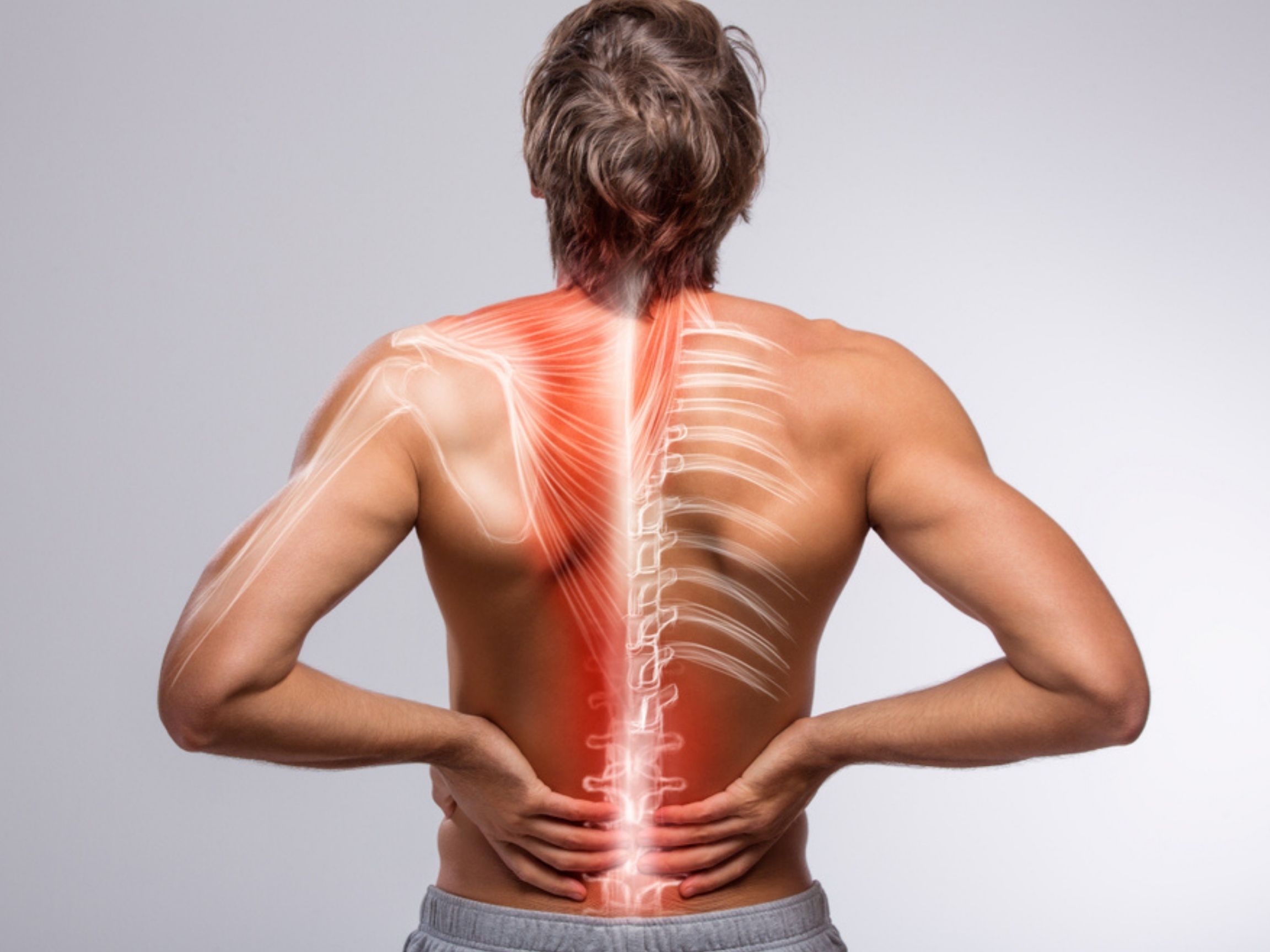Introduction:
Joseph Pilates created Pilates in the early 1900s. It has become very famous because it has many health benefits, such as relieving pain. Pilates focuses on both strengthening and stretching, which makes it a complete way to improve your physical health. Most workouts only focus on building muscle or growing flexibility. We will talk about how Pilates can help relieve pain by making you stronger, more flexible, and more aware of your body as a whole in this piece.
Pain is a complicated feeling that can come from a number of places, such as muscle imbalances, bad posture, accidents, or underlying health problems. Medications or physical therapy are usually used to treat pain, but adding workouts like Pilates to your routine can help you feel better and heal faster.
Building Core Strength:
One of the main ideas behind Pilates is to strengthen the muscles in the abs, lower back, hips, and spine. A strong core keeps the spine stable and supported, which lowers the risk of accidents and eases pain. Pilates moves like the Hundred, Plank, and Leg Circles work the core muscles and make them stronger over time. People can have less back pain, better posture, and more steadiness in their daily lives by strengthening their core.
Pilates also stresses full-body integration, which means that movements work out many muscle groups at the same time. This whole-body method makes sure that no muscle is overworked or underused. This promotes balanced muscle growth and reduces stress on areas that are prone to pain or tension.
Stretching to Get More Flexible:
Pilates is more than just building muscle. It also puts a lot of stress on getting more flexible and mobile. By doing a number of controlled movements and stretches, practitioners can loosen up tight muscles and increase the range of motion in joints. This is important for relieving the pain that comes from being stiff and unable to move.
As part of Pilates exercises, muscles are often stretched dynamically, which means that the actions flow smoothly from one to the next. Not only does this type of stretching make you more flexible, it also improves circulation, which can help reduce swelling and help you heal faster from injuries.
Pilates also promotes mindful movement and body awareness, which helps people find tension points and work on them with specific routines and stretches. Stretching can help people who do Pilates become more flexible, feel less sore muscles, and have a better overall sense of ease in their bodies.
Pain Management and Core Stability:
Pain management and core stability go hand in hand, especially when it comes to lower back pain and problems with posture. Core muscles that are weak or unstable can lead to bad posture, misaligned spine, and more stress on the structures around the spine, all of which can cause chronic pain and discomfort.
Pilates is different from other ways to build core strength because every exercise focuses on deep abdominal engagement and proper spinal alignment. People can improve their spinal support and lessen stress on their lower backs by working out the transverse abdominis, multifidus, and other deep stabilizing core muscles.
In addition, Pilates teaches people how to move efficiently and with little stress on their joints by focusing on good body mechanics and movement patterns. This mindful way of moving can help keep you from getting hurt and ease your pain by promoting good alignment and lowering the stress that you put on body parts that are already weak.
Mind-Body Connection:
Pilates is good for your body, but it also helps you connect with your mind by making you aware of your body’s feelings and movements. Making people more mindful and aware of their bodies can help them figure out why they are in pain and choose to ease it through movement and breathing.
Pilates helps people relax and lower their stress by focusing on breathing and concentration. Both of these are important for controlling chronic pain. Mindfulness and meditation can help people with pain in a lot of different ways. By combining these practices, people can get relief from not only their physical symptoms but also the mental and emotional ones.
Pilates helps with pain in a lot of different ways by combining strengthening, stretching, core stability, and mindfulness exercises. People can get stronger, more flexible, and more aware of their bodies by adding Pilates to their routine. This can help reduce pain and improve overall health. Whether recovering from an injury, managing chronic pain, or simply looking to improve physical fitness, Pilates provides a versatile and effective answer for achieving lasting pain relief and holistic wellness.
